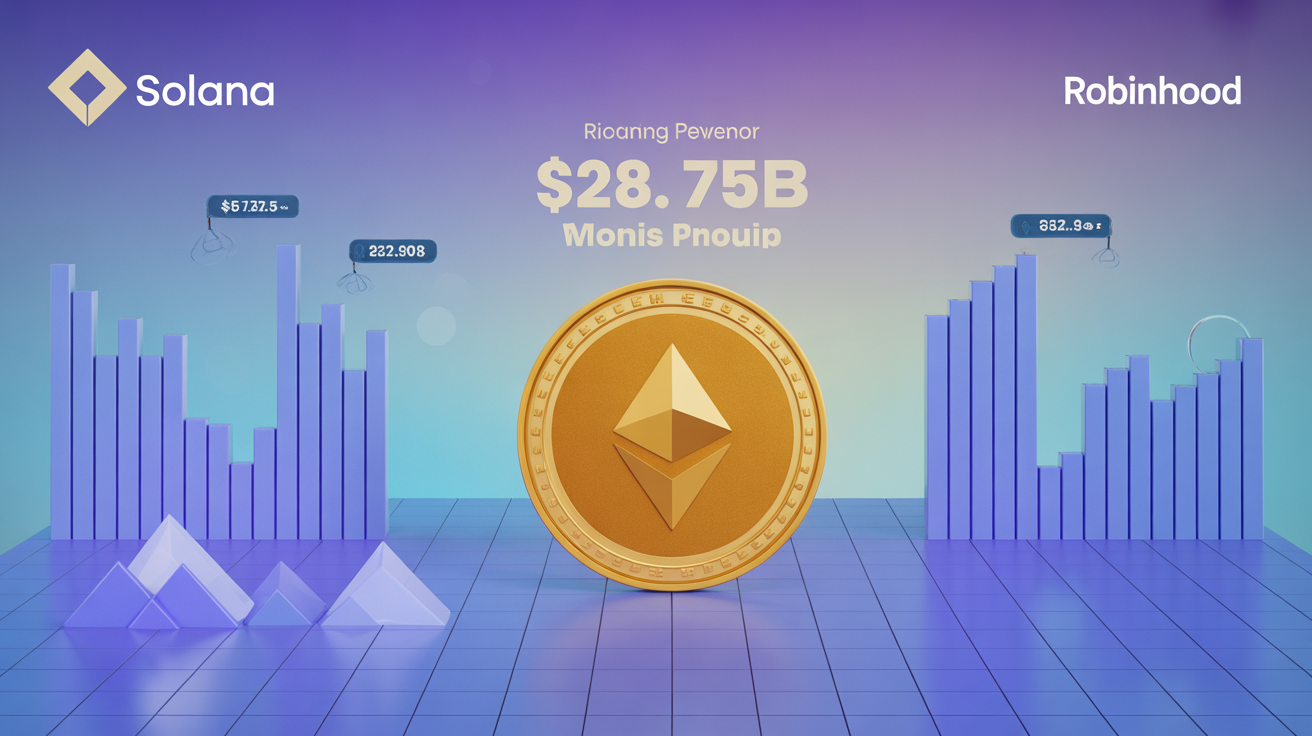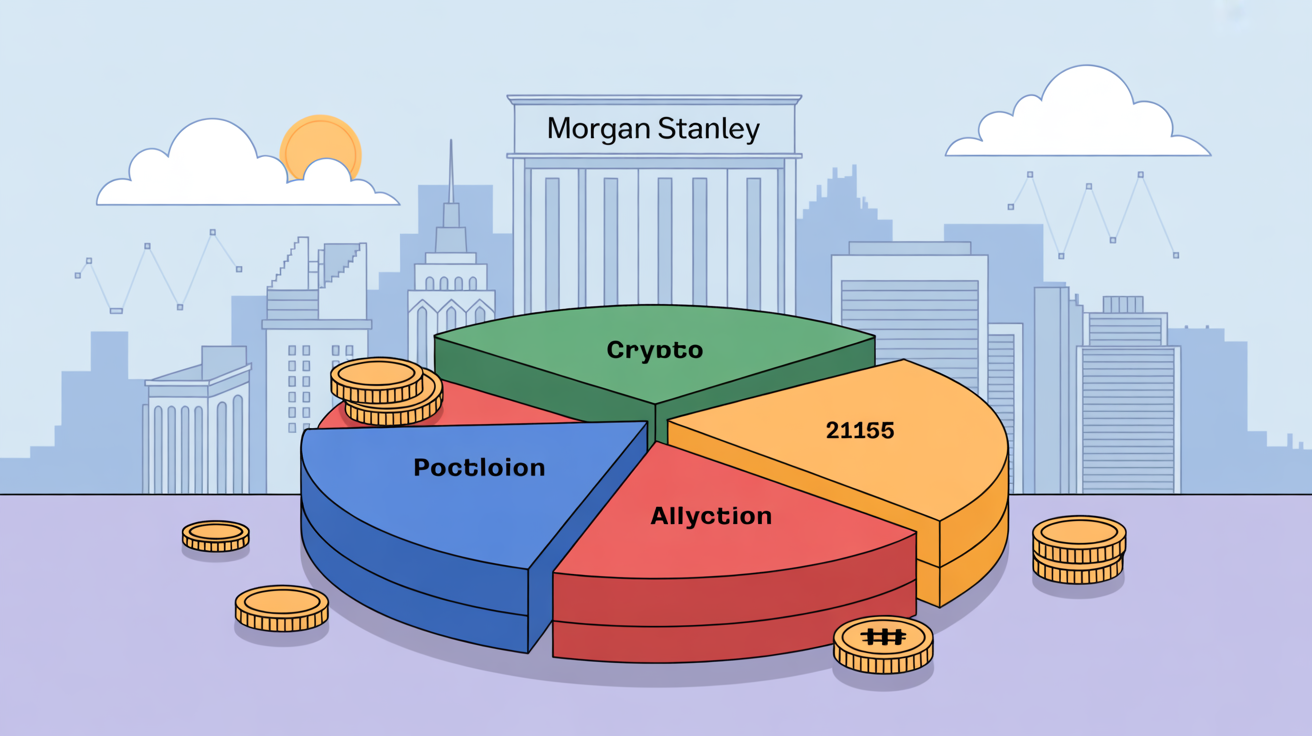
Dogecoin (DOGE) climbed to $0.27 on strong trading activity exceeding 1.1 billion tokens, with whale wallets adding 30 million DOGE. Institutional buying has lifted support into the $0.27 range, while market momentum now targets the $0.30 resistance level. Speculation is also mounting around potential inclusion of DOGE in retirement funds.
Market Drivers
Between Oct. 6, 04:00 and Oct. 7, 03:00, DOGE rose 6%, climbing from $0.25 to $0.27. The rally was fueled by heavy accumulation flows, with mid-tier and large holders adding over 30 million tokens. Exchange outflows totaling roughly $25 million further tightened supply. Analysts note that the recent chatter on SEC approval for 401(k) eligibility mirrors previous moves for Bitcoin and Ethereum, potentially drawing broader adoption. Technical signals, including an ascending triangle and cyclical indicators, point to breakout targets in the $0.30–$0.35 range.
Price Action Summary
- DOGE traded within a 7% range, moving between $0.25 and $0.27.
- The breakout accelerated during the 14:00–15:00 UTC window on 1.15 billion tokens, marking the heaviest turnover in weeks.
- Price peaked at $0.27 in the late afternoon, where resistance briefly capped gains.
- Consolidation around $0.27 during the final session reflected profit-taking rather than structural weakness.
Technical Analysis
Support has shifted upward to $0.27 following multiple defense levels, while resistance sits at $0.27–$0.30. The chart forms an ascending triangle, with higher lows pressing against the ceiling. A 42-day cyclical signal aligns with the current breakout attempt. Analysts caution that sustained closes above $0.27 are needed to confirm momentum toward the $0.30–$0.35 zone.
Key Factors for Traders
- Can DOGE convert $0.27 into a durable support level?
- Will a breakout above $0.30 validate technical targets in the $0.32–$0.35 range?
- Continued whale accumulation and exchange outflows reducing available supply.
- Potential regulatory updates regarding retirement fund eligibility, which could drive mainstream inflows.




















